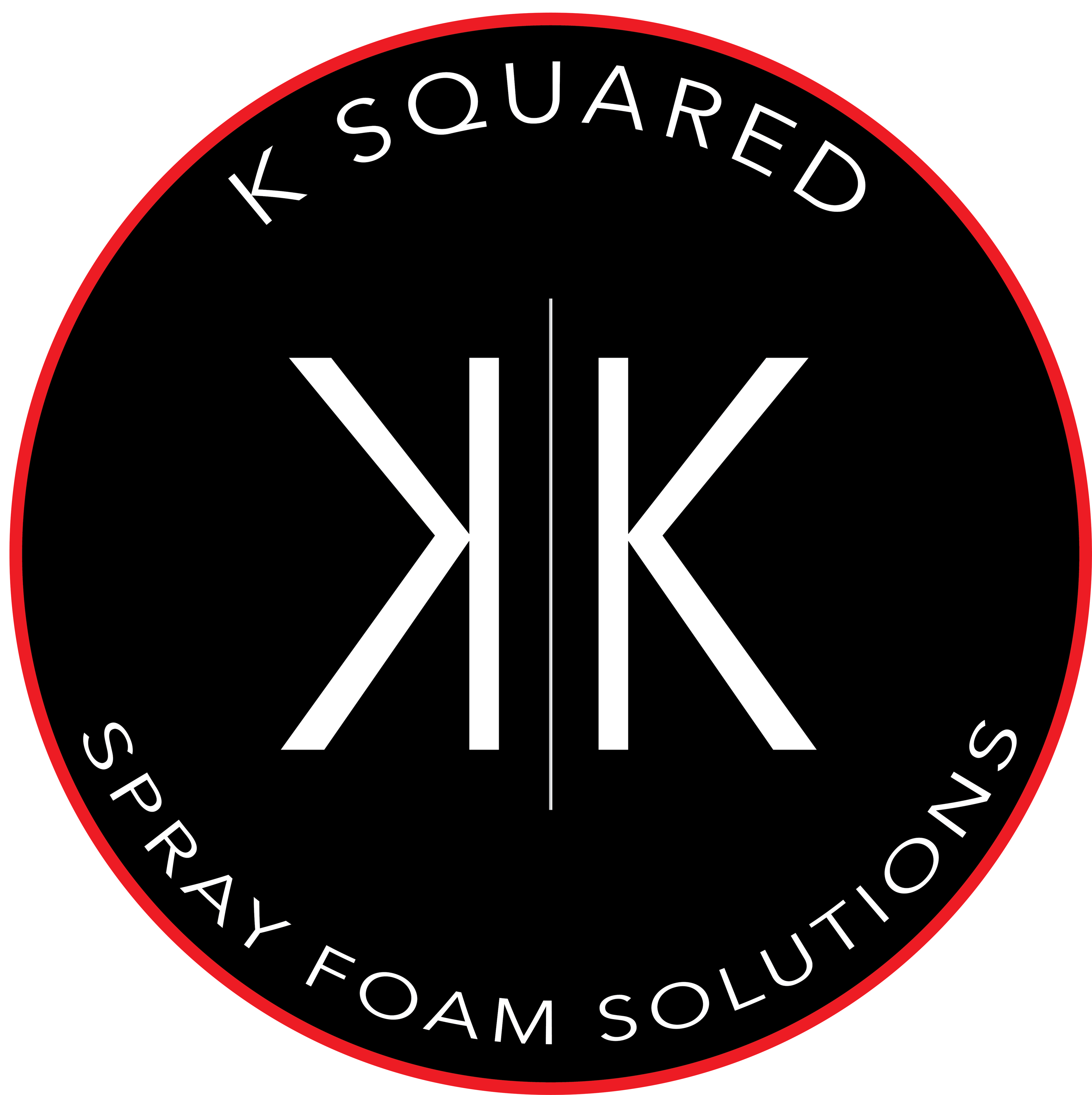Spray Foam Can Prevent Ice Dams
SPRAY FOAM CAN PREVENT ICE DAMS
Ice dams can be a major headache for homeowners during winter months, forming on sloped, or pitched, roofs when snow melts. Often caused by inadequate insulation in the attic space or under the roof, spray foam insulation can function as a comprehensive solution.
Simply defined, ice dams are ridges of ice that form at the edge of a roof and prevent melting snow (water) from draining off the roof. The water that backs up behind the dam can leak into a home and cause damage to walls, ceilings, insulation, and other areas. Ice dams can also lead to mold growth and mildew in the home or building structure.
During winter months, you will often see some houses with significant amounts of snow on the roof, and others with little to no snow. Counter-intuitively, the snowy roofs signify better-insulated homes, as the latter group’s snow has melted and formed ice dams. Ice dams can be prevented by controlling the heat loss from the home, so spray foam insulation can function as a comprehensive solution for the problems associated with ice dams.
How Ice Dams Form
Ice dams are formed through a complex interaction among the amount of heat loss from a house, snow cover, and outside temperatures. During winter months, attic spaces can become overly warm as heat escapes from the living space and also radiates from recessed light fixtures, ductwork, furnaces, and other appliances. The heat in turn conducts through the sheathing and raises the temperature of the roof above the freezing point, which melts the snow and ice in contact with the roof surface. For ice dams to form there must be snow on the roof, and, at the same time, higher portions of the roof’s outside surface must be above 32°F while lower surfaces are below 32°F. For a portion of the roof to be below 32°F, outside temperatures must also be below 32°F. The snow on a roof surface that is above 32°F will melt. As water flows down the roof it reaches the portion of the roof that is below 32°F and freezes. When this happens, an ice dam is formed. As it is fed by melting snow above it, the dam grows. However, but it will limit itself to the portions of the roof that are on the average below 32°F. So the water above backs up behind the ice dam and remains a liquid. This water finds cracks and openings in the exterior roof covering and flows into the attic space. From the attic it could flow into exterior walls or through the ceiling insulation and stain the ceiling finish.
The snow and ice tends to melt in the areas just inside the perimeter of the exterior walls. Liquid water flows downward and refreezes as it passes over the roof overhangs, just above the soffit vents. The resulting ice builds up at the edge of the roof and in the gutters, forming a kind of dam (hence the name). As liquid water continues to form as more snow falls on the warm roof surface, it flows over the ice buildup and slowly forms icicles along the edge of the roof.
Potential Problems
Ice dams aren’t just indications of poor insulation; they can cause serious damage. Melted snow and ice can flow under shingles and soak the roof deck. The water can drip down on ceiling insulation or leak into the areas where the roof connects to the exterior walls. Wet walls and ceilings are potential areas for mold and mildew growth, which can lead to residents having respiratory problems. Ice dams are also potentially dangerous, as the liquid water can decrease the friction between the snow and the roof surface, which can lead to mini-avalanches. If the ice dam breaks free, it can pull shingles and gutters off with it, and it will damage anything it falls on, including windowsills, cars, pets, and or even people as the icicles can potentially crack and fall on a passerby.
How Spray Foam Can Help
The key to solving ice dam issues, as indicated above, is sufficiently insulating and sealing attic spaces, and the most effective method is the unvented attic. Unvented attics are enclosed, conditioned spaces incorporated into the building envelope of a home, just like the living space is. Insulation is applied to the underside of the roof decking, rather than the attic floor, and also along the rim joist. Spray foam is the only insulation material that can be applied in this manner, as batt insulation will sag and blown insulation will fall. Spray foam insulation can help prevent the meltwater from finding its way into your home and wreaking havoc. By adding a layer of spray foam insulation between your roof and attic, leaks can be prevented and money that would otherwise go into repairing damage caused by ice dams can saved.
Spray foam insulation keeps the melting water where it should be: outside and far from where it can cause a world of trouble to a home. Because the attic is sealed and insulated, its temperature is better regulated throughout the year. Essentially, the well-insulated roofline prevents the transfer of heat to the roof surface and thereby prevents the formation of ice dams.
